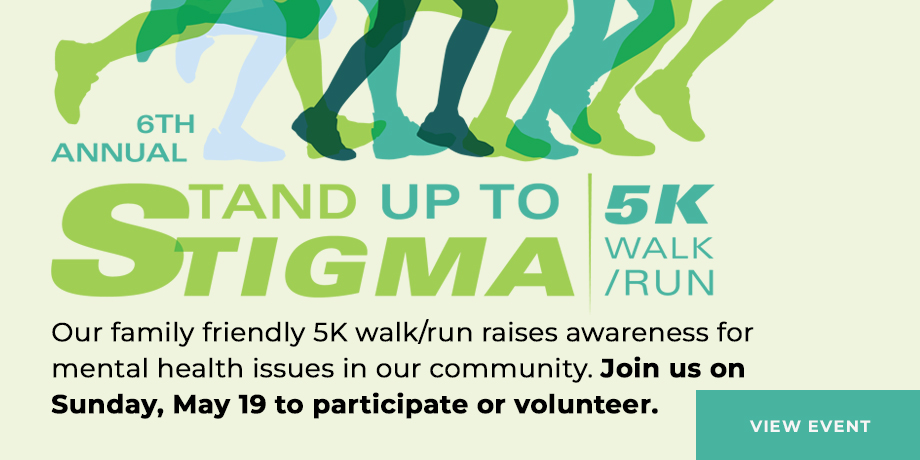
It's that time of year when the sun gets stronger, people spend more time outdoors and sunscreen becomes more integral to daily life. With that in mind, here are some key sunscreen facts along with answers to questions about sunscreen.
For customized sunscreen tips based on your age, skin type and medical conditions, talk with your provider about sun protection.
Sunscreen Facts and Tips
Do I need to wear sunscreen?
Yes. The American Academy of Dermatology (AAD) advises you to wear a broad spectrum sunscreen daily. Although sun damage is a bigger risk during the hot summer months, the sun emits harmful UV rays year-round. According to the World Health Organization, sun damage can even happen when the sun isn't shining. Their Global Solar UV Index shows that up to 80 percent of the sun's harmful UV rays can penetrate your skin on cloudy days.
How much sunscreen do I need?
For adults, the AAD recommends applying one ounce of sunscreen to cover all exposed parts of the body. Although there is no equivalent measurement for how much sunscreen growing children need, sunscreen should also cover all exposed parts of the body to prevent sunburn. For both adults and children, sunscreen should be applied 15 minutes before sun exposure and reapplied every two hours or after sweating or swimming. In addition, many dermatologists advise wearing protective clothing, a wide-brimmed hat and sunglasses.
What is the best sunscreen to use?
The best sunscreen to use is cream or lotion-based. Although sunscreen sprays are popular, most people don't spray enough on themselves to reap its benefits. "If you just spray it and go, you're really not getting enough. You have to be diligent in getting a good layer on," said Loma Linda University Health dermatologist Betsy Furukawa, MD. She advises people to use a cream-based sunscreen instead.
Are my sunscreen ingredients safe?
Most commercial sunscreens contain some combination of 16 active ingredients. In February 2019, the Food and Drug Administration (FDA) began investigating these ingredients. They reported the following:
- Two ingredients, zinc oxide and titanium dioxide, are "generally recognized as safe and effective."
- Two other sunscreen ingredients, PABA and trolamine salicylate, are unsafe and no longer permitted in non-prescription sunscreen products.
- The remaining 12 chemical ingredients are being examined: cinoxate, dioxybenzone, ensulizole, homosalate, meradimate, octinoxate, octisalate, octocrylene, padimate O, sulisobenzone, oxybenzone and avobenzone. While the FDA is asking for more safety data on these sunscreen ingredients, it does not say they are unsafe.
What is the difference between physical and chemical sunscreen?
Physical sunscreen contains only zinc oxide and titanium oxide. Because it sits on the skin and deflects the rays of the sun, some people refer to it as "sunblock." Physical sunscreens are most often recommended to those with sensitive skin.
Chemical sunscreen works differently; like a sponge, it absorbs the sun's rays so they won't penetrate the skin. If you have used both types of sunscreen, you have probably noticed that chemical sunscreens are easier to rub into the skin. They also leave no white residue.
16 active ingredients in most sunscreens
![]() ingredients the FDA considers safe: zinc oxide, titanium oxide
ingredients the FDA considers safe: zinc oxide, titanium oxide
![]() ingredients the FDA considers not safe: PABA, trolamine salicylate
ingredients the FDA considers not safe: PABA, trolamine salicylate
12 other ingredients are being examined by the FDA
70% of sunscreen allergies are due to oxybenzone
15 to 50 is the target SPF range
30 SPF is most often recommended
50 SPF is best for fair-skinned people
![]() natural ingredients that can reduce UV ray damage: Vitamin C, Vitamin E, green tea
natural ingredients that can reduce UV ray damage: Vitamin C, Vitamin E, green tea
SPF Facts and Tips
What is SPF?
SPF stands for sun protection factor; the number attached to it represents the level of sun protection provided against harmful UV rays.
- SPF 15 blocks approximately 93 percent.
- SPF 30 blocks 97 percent.
- SPF 50 blocks 98 percent.
What is the best SPF to use?
Rather than subscribing to a one-SPF-fits-all approach, it's better to look at a target range and make a selection based on your skin. The target range is from SPF 15 to 50, although a minimum of SPF 30 is commonly recommended. Those with fairer skin may be better off using SPF 50, while people with skin cancer or other conditions affecting the skin should ask their doctors if an even higher SPF is needed in addition to extra preventive measures.
Our Cancer Center offers seven treatment options for skin cancer, including surgical and non-surgical therapies.
Can I get a higher SPF by adding the SPFs from two bottles?
Unfortunately, no — for example, SPF 30 + SPF 15 does not equal SPF 45. The higher of the two SPFs would be the amount of sun protection applied. In this case, that would be 30.
Other Questions about Sunscreen
If I wear sunscreen often, can I get a vitamin D deficiency?
For most people, the answer is no. Many of us go outside daily for short periods of time without head-to-toe sun protection — whether it's walking to the car, retrieving the mail or watering the lawn. This limited exposure is enough to obtain the vitamin D we need.
Typically, people at risk of vitamin D deficiency are those who need to be strict about sun avoidance for medical reasons. For example, the extra sun protection that's needed for a condition like lupus could put one at risk of vitamin D deficiency. Otherwise, it's not likely to be a concern. If you believe you may have low vitamin D, ask your doctor if you need a supplement.
Can I be allergic to sunscreen?
It is possible to be allergic to sunscreen; however, the majority of these allergies are reactions to specific sunscreen ingredients. Allergy to the ingredient oxybenzone accounts for 70% of all sunscreen allergies, while others may be allergies to fragrances or preservatives in the product. If a specific sunscreen brand causes a skin rash, ask your doctor to recommend a new brand.
Can I take an oral sunscreen?
Oral sunscreen products derived from fern plants can have an antioxidant effect and decrease the toxicity of UV radiation to the skin. According to Furukawa, these products should be considered supplements rather than standalone sun protection. "It can be used with sunscreen, but it does not replace it," she said.
Can I use natural sunscreen products?
Purely natural products do not replace a quality commercial sunscreen. However, some natural ingredients can supplement sunscreen when applied to the skin. These include topicals containing vitamin C, vitamin E and green tea. For this reason, some brands have begun incorporating these into their products as sunscreen ingredients.
Can I wear makeup that has sunscreen in it?
There's nothing "wrong" with makeup containing sunscreen. However, most cosmetics listing sunscreen in their ingredients contain very low amounts (as low as SPF 4). Therefore, those cosmetics should not replace a full sunscreen application before prolonged sun exposure.
Ask your provider for more information
These are some of the most important sunscreen facts to be aware of this summer. For more customized sunscreen tips based on your age, skin type and medical conditions, talk with your primary care or dermatology provider about sun protection.
This article is published by Loma Linda University Health to provide general health information. It is not intended to provide personal medical advice, which should be obtained directly from a physician.


